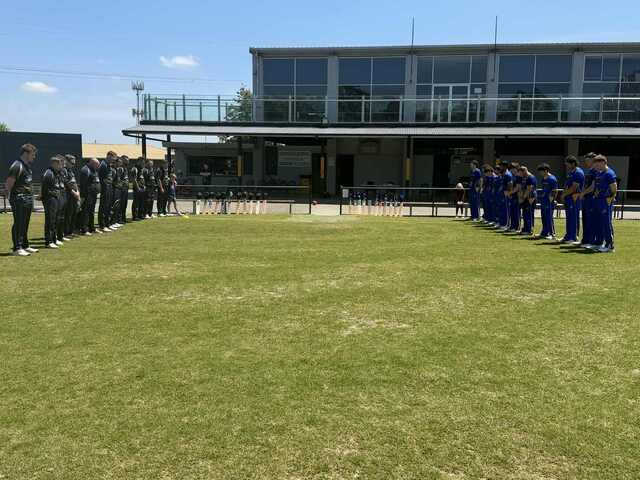WITH the world’s attention focused on the possible outbreak of avian influenza, more commonly called bird flu, the Australian Government is on full alert.
Historically, the most famous pandemic was the 1918 influenza outbreak. More recently, severe acute respiratory syndrome (SARS) had the world on standby.
What differentiates the bird flu from the 1918 influenza outbreak or SARS is that, to date, the bird flu does not usually infect humans and, so far, there has been no human-to-human transmission of the disease.
Despite the current low risk assessment of bird flu spreading in Australia, we lead the region in our level of preparedness for an outbreak of a new flu strain such as the bird flu.
The Federal Government has acquired one of the world’s largest stockpiles, on a per capita basis, of antiviral treatments for influenza.
The Government has also stocked up on protective masks and personal protective equipment and has recently developed the Australian Management Plan for Pandemic Influenza June 2005 (AMPPI).
In addition, the 2005 – 06 Budget allocated $234.2 million to establish an independent World Health Organisation Collaborating Centre for Reference and Research on Influenza.
This is at a new location with state-of-the-art facilities to aid in response to influenza strains such as the bird flu.
Also, the Australian Government has a binding agreement with two of the largest vaccine manufacturers in the world to provide guaranteed supplies of any newly developed vaccine.
The Government has also provided $10.1 million over four years to improve the nation’s infectious diseases surveillance system.
The Chief Medical Officer of Australia, Professor John Horvat, recently announced that Australia is one of the most prepared countries in the world to detect and manage avian influenza.
On full alert for bird flu
Digital Editions
-

Lusatia mourns for Ben
After a tragic week for the cricket community following the untimely passing of young cricketer Ben from the Ferntree Gully Cricket Club, only the senior…





